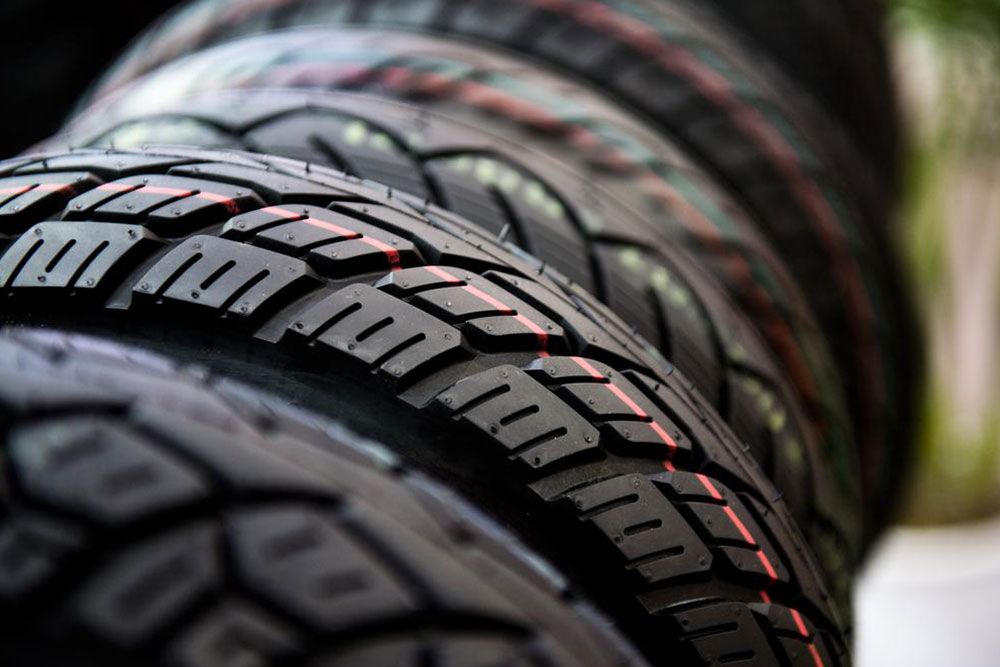Comprehensive Guide to All-Weather and Seasonal Tires for Safer Driving
Discover the essential differences between all-weather, all-season, and winter tires, and learn how to choose the best tires for your vehicle based on seasonal requirements. This comprehensive guide covers key features, advantages, and safety aspects to ensure optimal driving performance and safety throughout the year in various weather conditions.

Comprehensive Guide to All-Weather and Seasonal Tires for Safer Driving
Selecting the appropriate tires for your vehicle is a critical decision that directly impacts safety, handling, and overall driving experience. Whether you're navigating urban streets or rugged terrains, understanding the differences between all-weather tires, all-season tires, and specialized winter tires can help ensure your vehicle performs optimally throughout the year. This extensive guide explores various tire options, including their features, benefits, and ideal applications, to assist drivers in making informed choices that enhance safety and comfort across different weather conditions.
Modern tire manufacturers, such as Goodyear, produce an array of tires tailored for diverse driving environments. Among their popular models are the all-season tires like Goodyear Integrity and Assurance, which employ advanced asymmetric tread patterns to provide excellent grip on dry roads, while maintaining reliable performance in wet and light winter conditions. These tires are designed to deliver quiet rides, improve fuel efficiency, and extend tread life, making them a practical choice for daily commuting and casual driving in regions with moderate climates.
For drivers living in areas prone to severe winter weather—characterized by icy roads, heavy snowfall, and freezing temperatures—winter tires are highly recommended. Goodyear's Ultra Grip Winter and Eagle Ultra Grip series are engineered specifically to handle low temperatures and challenging conditions. Their specialized rubber compounds remain flexible even in the cold, ensuring superior traction and braking performance on ice and snow. The unique tread designs enhance grip and stability, giving drivers greater confidence during winter months.
Recognized and certified by reputable industry bodies such as the Rubber Manufacturers Association, these tires meet strict safety and quality standards. They’re also designed to provide better handling, reduced stopping distances, and overall improved safety during adverse weather conditions. In contrast, all-season tires are optimal for regions with mild to moderate climates, offering a balance of performance across different seasons without the need for frequent tire changes.
Choosing the right tires based on your local weather pattern and driving habits not only improves safety but also extends the lifespan of your tires. Proper tire maintenance—including regular checks for tread wear, proper inflation, and alignment—is essential for maintaining optimal performance. As weather conditions become unpredictable with changing seasons, investing in the appropriate set of tires is one of the most effective ways to ensure year-round safety and driving comfort.
In conclusion, understanding the distinctions between all-weather, all-season, and winter tires, along with selecting models that suit your specific needs, can significantly enhance driving safety. With advancements in tire technology, drivers today have access to highly capable and durable options tailored for diverse conditions. Stay informed about the latest tire innovations and prioritize regular maintenance to enjoy confident driving regardless of seasonal changes.





